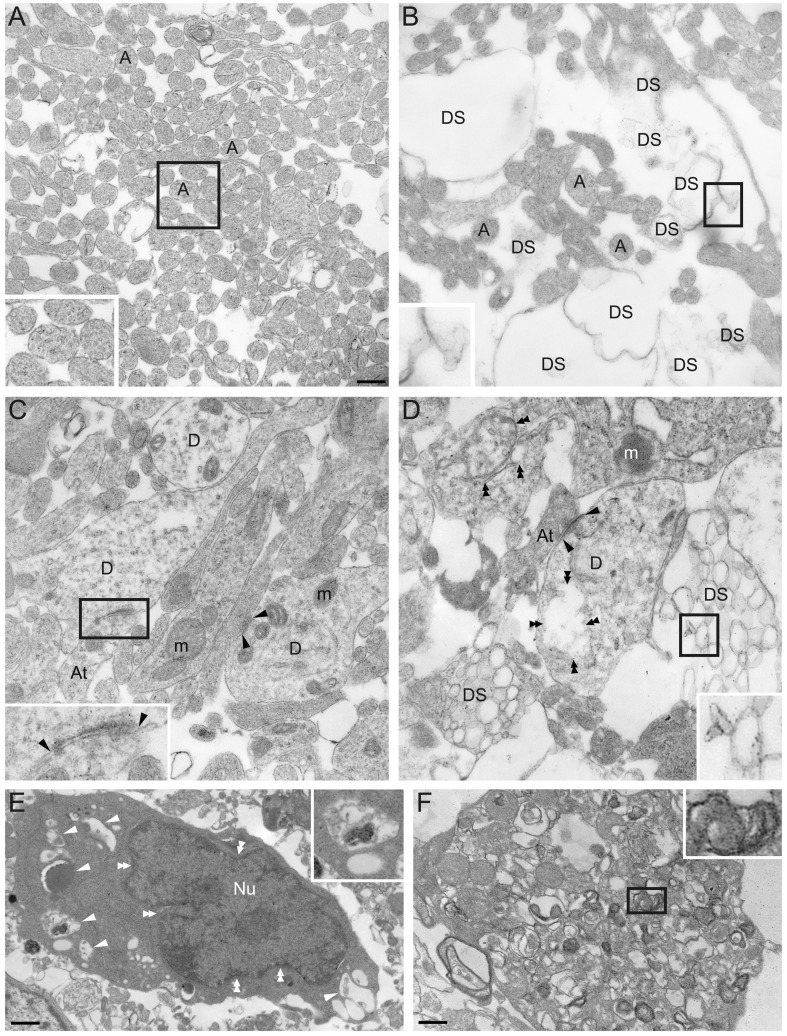Figure 3. Ultrastructure of SCC and sham control spinal cords 1 day after injury.
(A) Axon profiles in the ventrolateral white matter in sham control at P2. Note the presence of filament-like structures within the axon cytoplasm (inset). (B) Ventrolateral white matter in a SCC spinal cord 1 day post-injury. Note the paucity of axons and loosely organized membrane structures (inset). (C) Gray matter in sham control spinal cord at P2. Dendrites, axon terminals, synapses (inset), and subcellular structures such as mitochondria, synaptic vesicles and postsynaptic densities (arrowheads) can be observed. (D) Gray matter in a SCC spinal cord 1 day post-injury. Degenerated structures (inset) are present among less compromised but nevertheless disorganized and discontinuous structures such as dendrites, axon terminals and synapses (double arrowheads). (E) A damaged neuron soma in a SCC spinal cord presents cytoplasmic vacuoles (single arrowheads and inset) and an indented nucleus likely to be in an early stage of nuclear fragmentation (double arrowheads). (F) Cell debris from fragmented plasma membrane and endomembranes. Scale bars: 350 nm (A-D), 760 nm (E) and 390 nm (F). Abbreviations: A = axon; At = axon terminal; D = dendrite; DS = degenerated structure; m = mitochondria; Nu = nucleus.

